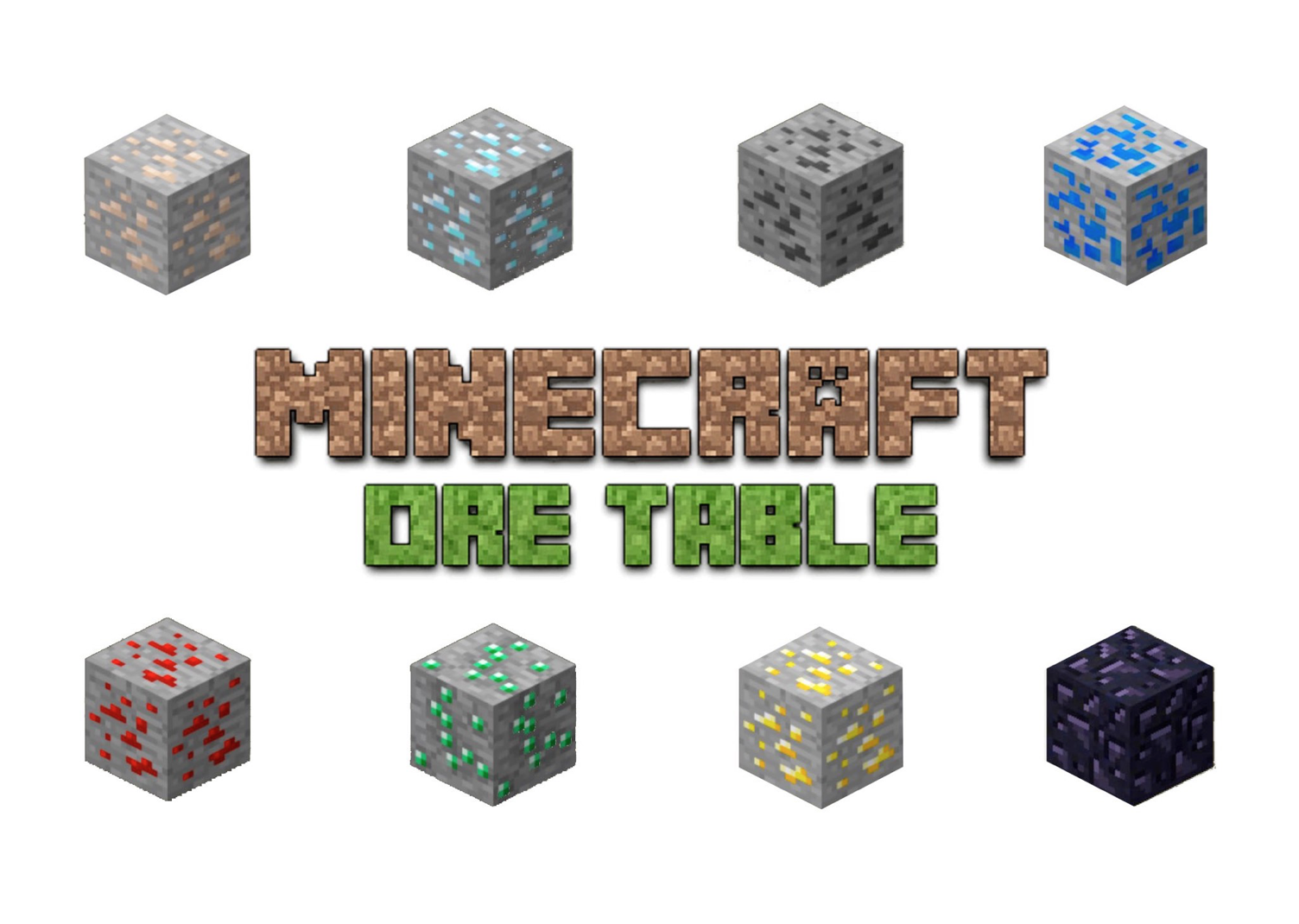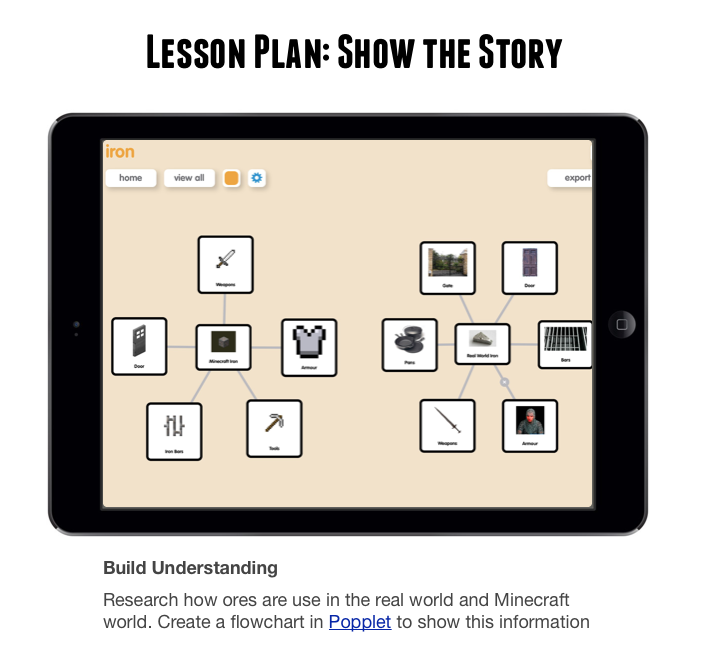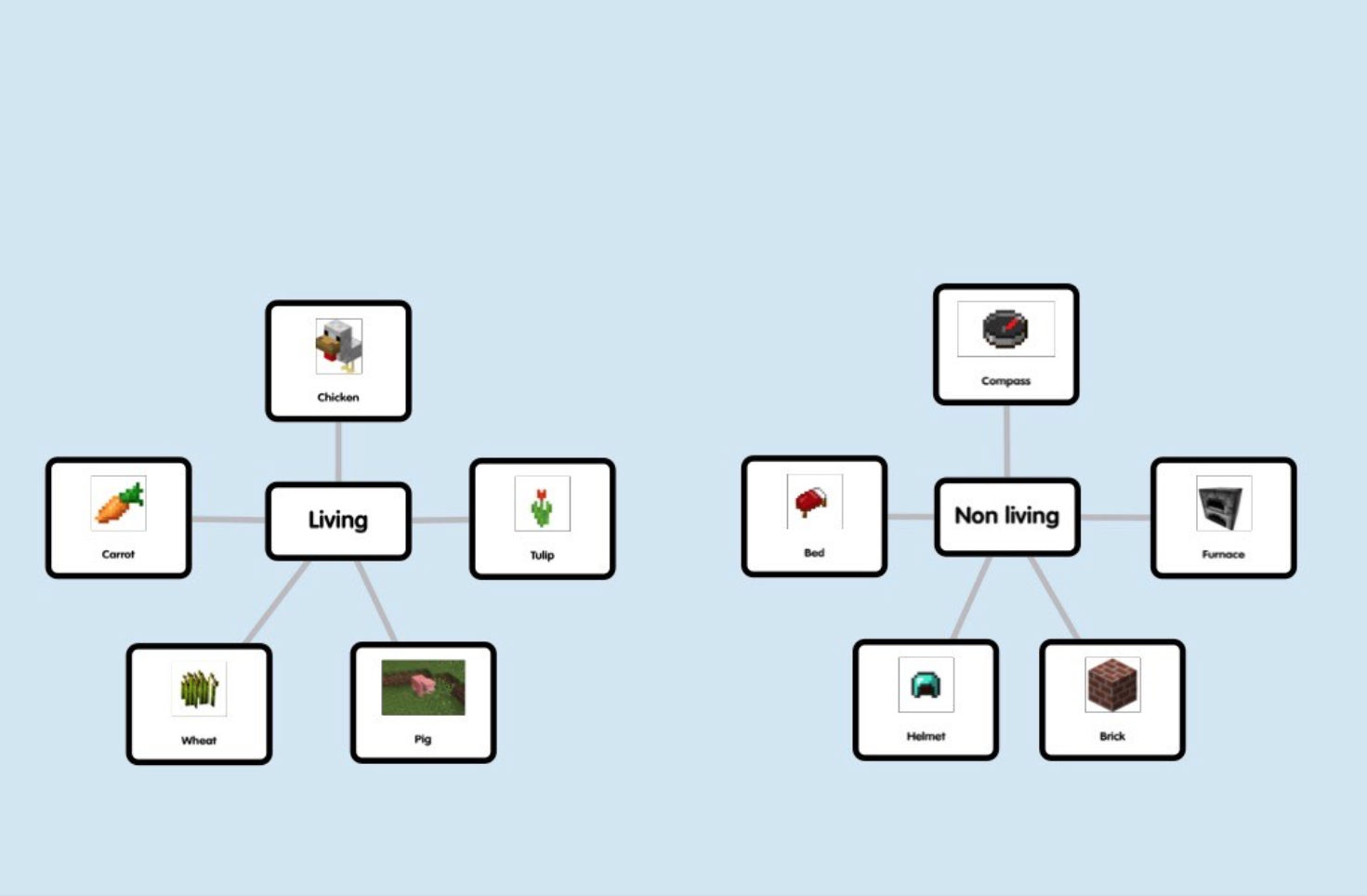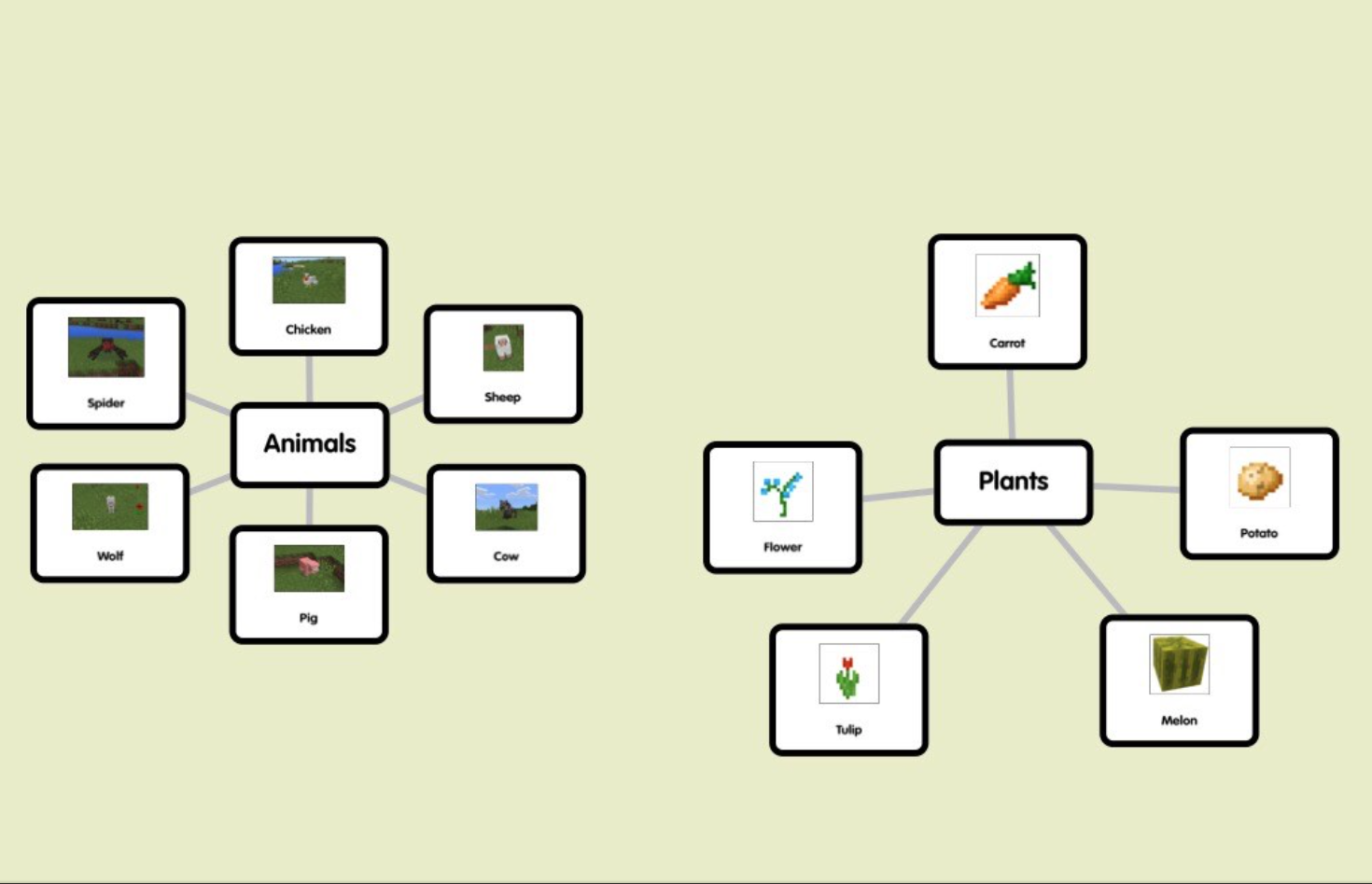In our article published last month Mind Mapping to Minds Meeting: Popplet in Autism Education, we talked about how new technologies were fast becoming powerful and invaluable tools in autism education. Young learners on the autism spectrum experience fewer difficulties when presented with new technology and have different needs to conventional learners. So certain technologies such as the iPad and apps like Popplet play to the strengths of autistic learners.
These technologies are not without their drawbacks: mainly the repetitive and inappropriate use of games and some social media apps. But that’s a problem not only found in the classroom! This is why people with autism, parents of individuals on the autism spectrum and educators involved in autism education use reliable “evidence-informed” information when choosing which technologies to use.
One organization that provides information for parents and educators is Autism Spectrum Australia (“Aspect”) – “Australia’s leading service provider for autism and other disabilities”. Two of their community leaders recently published a detailed guide demonstrating how the game “Minecraft is being used to address the special interests of those in the autism classroom”.
Minecraft in Your Classroom
“One of the key areas of classroom need that many of our students exhibit as they progress through the school years is with regards to executive functioning skills and the process of organising one’s thoughts and resources in a manageable way. A major part of the process that supports growth in this area is to utilise visual supports, to create a bridge between the concrete and the abstract through visualisation. This is one of the fundamental ways in which Minecraft provides engaging support for students, to instil the benefits that visual processing yields.”
– “Minecraft In Your Classroom.” Craig Smith & Heath Wild, 2015. iBooks.
Autism educators Craig Smith and Heath Wild both work for Autism Spectrum Australia (Aspect). Their amazing interactive book “Minecraft In Your Classroom” can be downloaded completely gratis from iTunes. Free and brief it may be, but it is also an intelligent, enlightening and substantial guide on how the ubiquitous sandbox game Minecraft is being put to work in the autism classroom, yielding rich learning experiences for all involved.
Minecraft challenges its users to create their own worlds using 3D textured cubes. Fueled mainly by their own imaginations, players:
- explore new territories;
- arduously mine for valuable resources;
- construct dwellings, landscapes, swathes of coastlines and vast cities;
- they even fight to survive if they have to!
Although focussed on the special interests of children on the autism spectrum, this informative book provides compelling and fascinating evidence of why Minecraft is beginning to gain recognition as not just a game, but as a highly adaptable and substantial resource in the greater sphere of learning.
The authors begin by setting out the “theory of how Minecraft interacts with the special interests and states of awareness” of autistic students.
These areas are:
- Visual and Verbal Memory and Learning
- Maths
- Sensory Behaviors
- Classifying/Ordering Information, and
- Dates and Times.
This is followed by a detailed explanation of how Flow, as described by Mihaly Csikszentmihalyi, might explain why learners find Minecraft so engaging.
Next, the mother lode! Crystal-clear interactive examples and lesson plans demonstrating how Minecraft can be utilized to full affect in autism education across a full range of subjects: English, Mathematics, The Arts, Science and Technology, Health, Humanities, Languages,Technologies, and Design and Technologies.
The intuitive organization and comfortable iBook interface makes this an easy and enjoyable read. It’s not glitzy fool’s gold, however. Each section succinctly sets out the specific learning areas and objectives followed by a brief introduction. The lesson plans are cleverly visualized in iPad format (see below) giving a good sense of how they might play out in the classroom, and how they link to learner goals. Moreover, the authors thoughtfully provide “further ideas” and a brief description of the apps required with useful links.
The final part of the book discusses Core Competencies in autism education. Communication, Social Skills, Behavior and Sensory are the four functional skill categories that determine individual goals.
“This chapter shows how Minecraft lets us address and master these skills”. Clear explanations and Work Samples with great visuals link Minecraft activities to their learning objectives and in doing so might just dispel forever the archetypal myth that the the classroom is somehow a trauma for those with different needs.
Most of the activities described in the lesson plans feature a range of exciting iPad applications and these are all dutifully listed with explanations and links. One such app is our very own Popplet, which makes a number of appearances in activities in the Science and Technology section of the book.
Expanding Curiosity and Deepening Understanding
- The topic is introduced by discussing the periodic table and how it helps us understand the core materials of the universe
- Explain that students will research the core materials of the Minecraft World and see if there are connections between the properties of materials in Minecraft and the real world
- Students then research the real life uses of the ores featured in Minecraft by searching Simple English Wikipedia
- After researching how ores are used in the real world and in Minecraft, students create a flowchart using Popplet to show this information
- Finally, after students have analyzed their results, they make a poster for each ore showing Minecraft and real world applications in their imagery.
Grouping Things
“Students can develop their classifying skills by grouping Minecraft items and creatures based upon their features. The sorting done in Minecraft can be represented visually in the Popplet app.”
Whether you are a fan of Minecraft or not, we recommend that you take a look at this book – essentially it is a visual experience and we can only hint at its true value here. It comes loaded with valuable gems and great ideas for anyone using technology in the classroom, and since it is a short volume, one doesn’t have to dig too deep to find them. Of course, if you are involved in autism education, you may find yourself more than a little interested. Congratulations to the authors, who have presented us with a valuable resource and a tangible vision of the future.
World Autism Awareness Day
Every year,World Autism Awareness Day is held in late March or early April (this year it is today, 2 April) so that people can participate in activities that recognize the work and dedication of families, teachers and students raising awareness and ensuring that autism is not a barrier to education and participation in community life. If you want to know whats going on in your area, check out the websites of your local autism organizations or you can begin here, with WAAD website.



